14 Coca-Cola Products You Can’t Buy Anymore
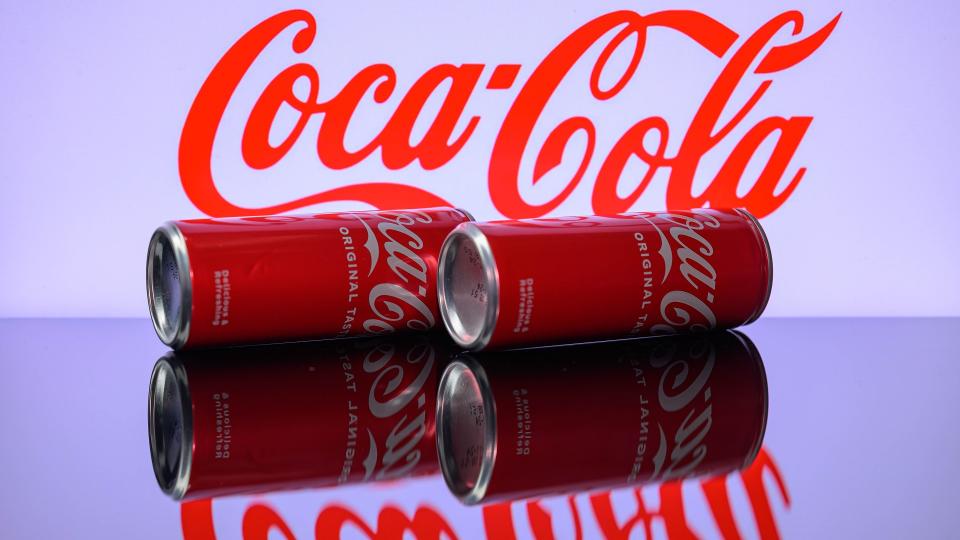
Since its birth in 1886 in downtown Atlanta, Georgia, multibillion-dollar company Coca-Cola has expanded to more than 200 brands and thousands of beverages worldwide. The company constantly introduces new flavors, packaging designs and limited-edition products, but it has also axed many of its products over the years.
Check Out: How Much Does the Average Baby Boomer Have in Savings?
Read Next: How To Get $340 Per Year in Cash Back on Gas and Other Things You Already Buy
Coca-Cola will regularly discontinue items in an effort to rid its portfolio of underperforming brands and prioritize those that show the most opportunity for growth and scale. In memory, here are 14 Coca-Cola products you can’t buy anymore — some of which were removed within the last several years from the beverage titan’s lineup and others that you may have forgotten about.
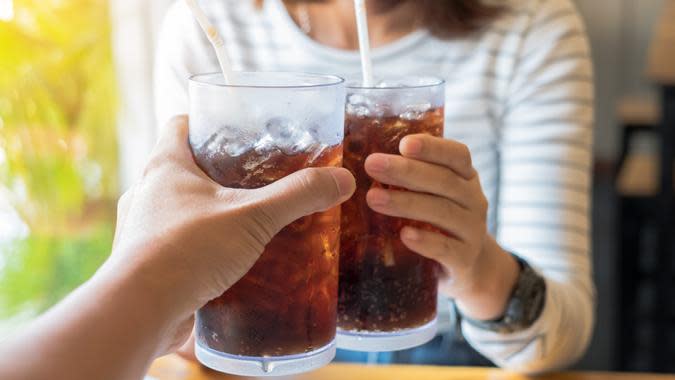
Tab
TaB, introduced in 1963 as the company’s first diet soft drink, was one of the products on Coca-Cola’s 2020 hit list. The saccharine-laced beverage’s marketing campaign was initially targeted at women and, as a result, TaB reached peak popularity in the 1980s. In the decades that followed, the brand managed to hold onto a much smaller, but impressively loyal, following — mostly comprised of consumers who remember TaB as a beloved cultural icon.
Learn More: Check Your $2 Bills — They Could Be Worth a Ton
Trending Now: I’m a Bank Teller: 9 Reasons You Should Never Ask for $2 Bills From the Bank
Wealthy people know the best money secrets. Learn how to copy them.
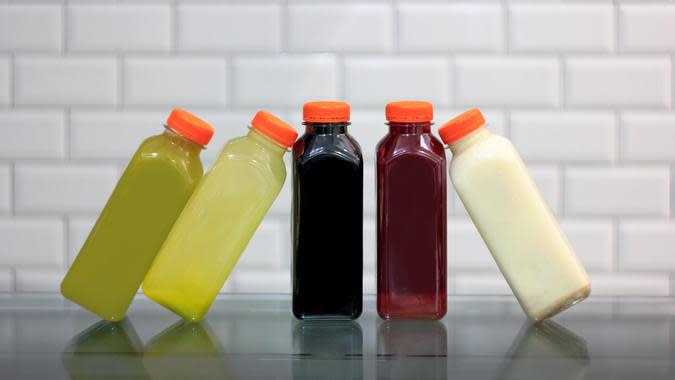
Odwalla
While juice and smoothie brand Odwalla wasn’t originally created by the Coca-Cola company, it had been part of its product lineup since 2001. However, less than two decades later, Coca-Cola added it to its list of discontinued brands. According to CNN, a spokesperson for Coca-Cola said that the pandemic wasn’t the cause of Odwalla’s demise. Instead, the company had noted that health-conscious consumers were simply less interested in smoothies.
Find Out: 8 Rare Coins Worth Millions That Are Highly Coveted by Coin Collectors
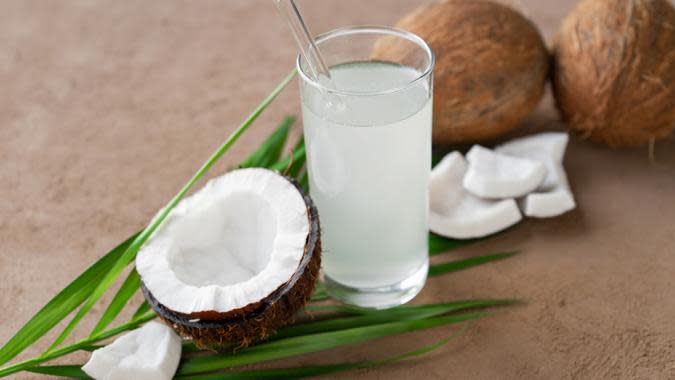
Zico Coconut Water
Like Odwalla, the Zico brand was not a Coca-Cola original. However, Zico enjoyed a less successful run. Coca-Cola acquired the brand less than a decade ago in 2013. Coca-Cola’s decision to cull Zico from its portfolio may have had something to do with its competitor Vita Coco, which has often been recognized as the No. 1 selling coconut water in the U.S. Vita-Coco experienced sales spikes at Costco, Amazon and Walmart following the onset of the pandemic, while Zico remained in Coca-Cola’s underperforming category.
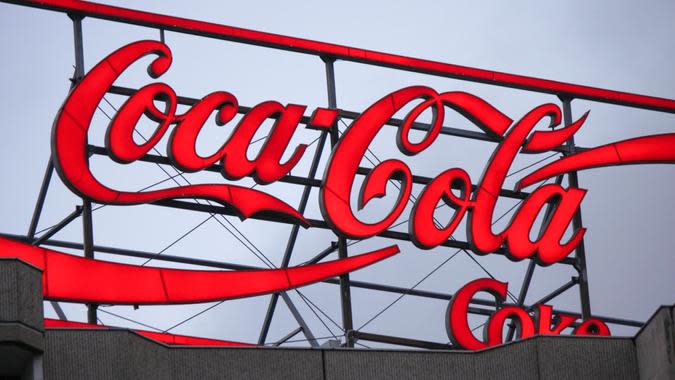
Coca-Cola Life
First released in Argentina and Chile in 2013, this stevia-sweetened drink containing 89 calories soon made its way to the U.K. in 2014. Within the same year, Coca-Cola Life was rolled out in the U.S. to an enthusiastic market, but by 2016, Bernstein analysts reported the novelty had worn off. Still, Coca-Cola held on to the product, until 2020, when it announced that Coke Life would join its list of underperforming — aka discontinued — products.
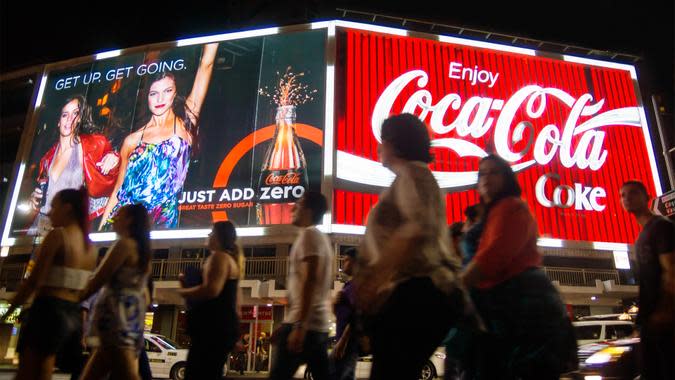
Coca-Cola BlaK
If coffee plus Coke sounds like an intriguing combo, you might’ve liked Coca-Cola BlaK. But the flavor of coke sweetened with high-fructose corn syrup, aspartame and acesulfame potassium combined with coffee extract was not for everyone. When the beverage first launched in the U.S. in 2006, Anderson Cooper was guest hosting on “Live with Regis and Kelly” and he and Kelly tried it on-air. Cooper spit it out but Kelly liked it, describing it as tasting like a Coke Slurpee from 7-11. In September 2007, Coca-Cola announced it was pulling the hybrid beverage from the U.S. market as soon as the concentrate supplies ran out.
Read More: How Much Does the Average Middle-Class Person Have in Savings?
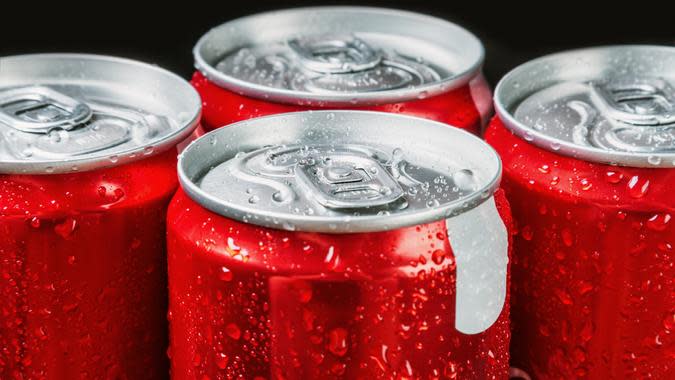
Coca-Cola C2
In 2004, Coca-Cola launched C2 to a target market of 20- to 40-year-old males who wanted a unique beverage that tasted like Coke without the calorie and carb load. To get that combination, Coca-Cola couldn’t get rid of all the carbs and calories in C2 — only half. Sadly, the beverage flopped because while it did retain the full flavor of Coke, it didn’t live up to the zero-carb, zero-calorie male expectation. About a year later, Coca-Cola did get it right when it introduced current fan-favorite Coke Zero.
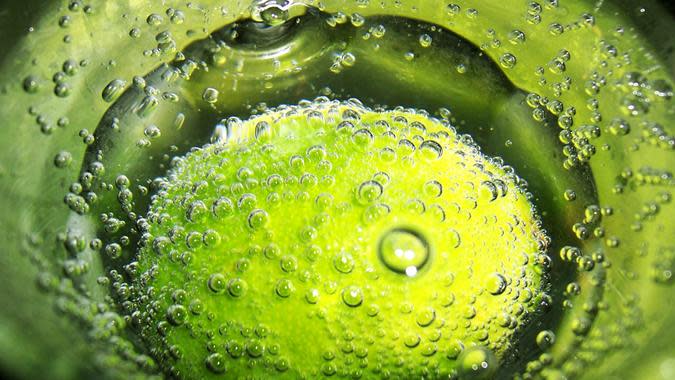
Vault
In 2005, Coca-Cola wanted in on the growing energy drink market and introduced the citrus-flavored soda Vault. According to Food Ingredients First, Vault was originally aimed at a younger market, serving as the company’s take on Pepsi’s Mountain Dew. Vault lasted only six years and was discontinued in 2011 when the company decided to focus on an energy drink with a longer history and more brand recognition, Mashed reported.
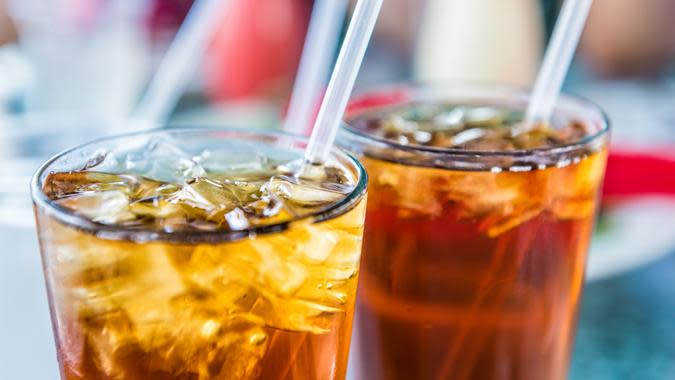
OK Soda
In 1993, Coca-Cola created OK soda to grab the attention of Generation X — those born from the mid-1960s to the early 1980s — based on the assumption that the generation was cynical and disillusioned. The company named the product OK because their research found that while Coke was the second most recognizable word in the world, OK was the first. Plus, the word OK helped the soda underpromise instead of making it seem like the next great thing, which fit in perfectly with its marketing strategy to less-than-trusting Gen Xers. Even though the soda had a national media campaign, the company only tested it in select markets to bolster demand. Unfortunately, sales didn’t live up to the hype and OK soda was sent to the chopping block in 1995.
Check This: 6 Rare Coins That Will Spike in Value in 2024
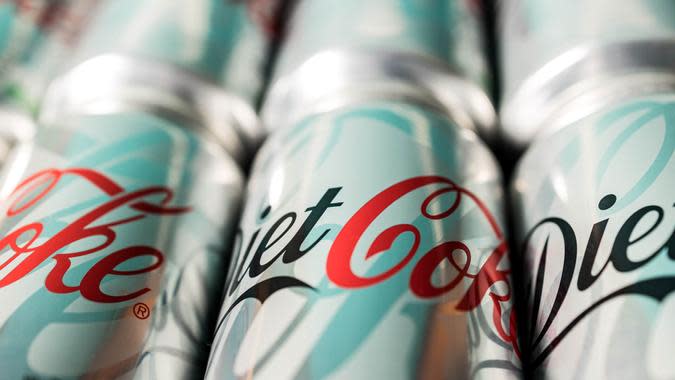
Diet Coke Lime
In 2018, Diet Coke Lime fans were befuddled when they could no longer find the beverage at their favorite grocery store. The demise of the iconic brand’s lime-flavored diet soda was the precursor to the company’s release of its new-and-improved lineup of Diet Coke beverages, created to attract millennials, which included exciting new flavors, such as twisted mango, zesty blood orange, feisty cherry and ginger lime.
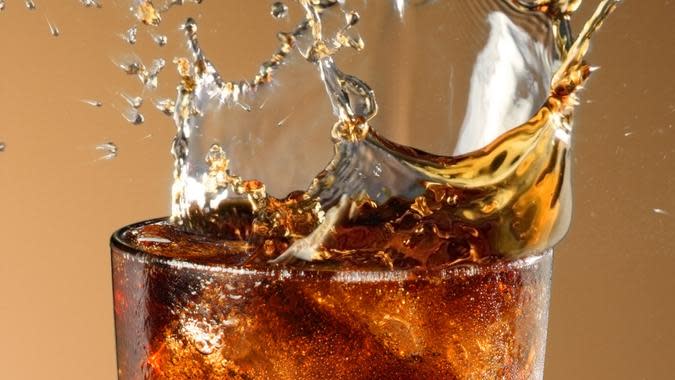
Coca-Cola Orange Vanilla
In 2019, Coca-Cola introduced Orange Vanilla, which fans said was reminiscent of a creamsicle. The company said it would become a permanent addition, but cans and bottles were pulled from shelves in 2022. Coca-Cola released this message on X, formerly known as Twitter: “The Coca-Cola Company recently made the decision to discontinue Coca-Cola® Orange Vanilla. Coca-Cola® Orange Vanilla will not be available on store shelves after March 2022.”
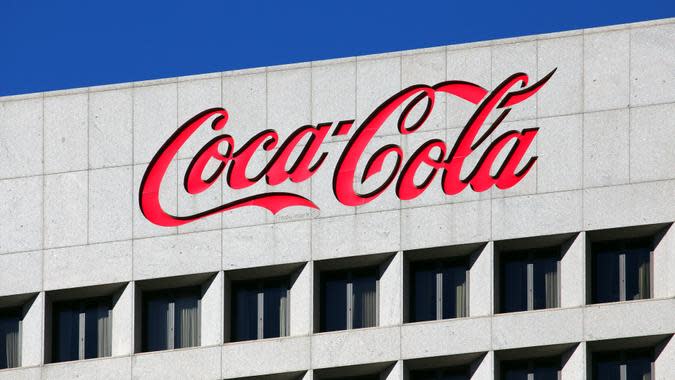
Diet Coke Feisty Cherry
While Diet Coke Feisty Cherry was part of the new-and-improved Diet Coke campaign in 2018, it didn’t stand the test of time like the beverage company hoped it would. While it definitely had appeal — Taste of Home described its flavor as having a more authentic bold cherry taste than the classic cherry Diet Coke — Coca-Cola decided to opt out and added it to its discontinued list in 2020.
Learn Next: How Can You Withdraw Money From a Bank Account? 3 Ways To Know
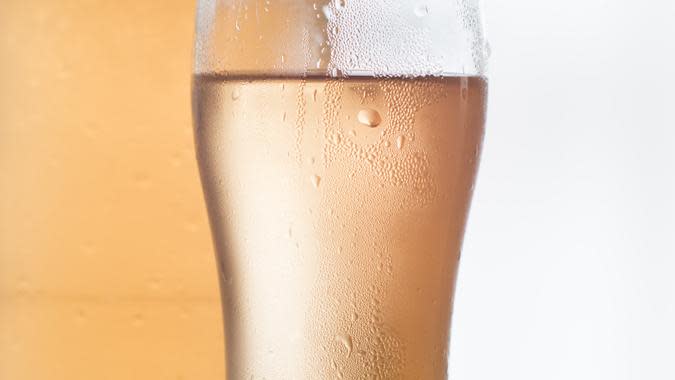
Northern Neck Ginger Ale
Northern Neck Ginger Ale was first introduced in 1926 as a franchise of the Coca-Cola Company. The beverage quickly gained popularity and became a regional favorite in Montross, Virginia. Coca-Cola purchased the recipe in 2001 but announced in 2020 that it would stop production due to an aluminum shortage, 12 On Your Side reported. This decision even sparked the creation of The Norther Neck Foundation in 2022, a nonprofit organization with a mission to save the popular ginger ale. It’s unlikely that Coca-Cola will bring the beverage back, but there’s hope that Coke may sell the brand to a local company.
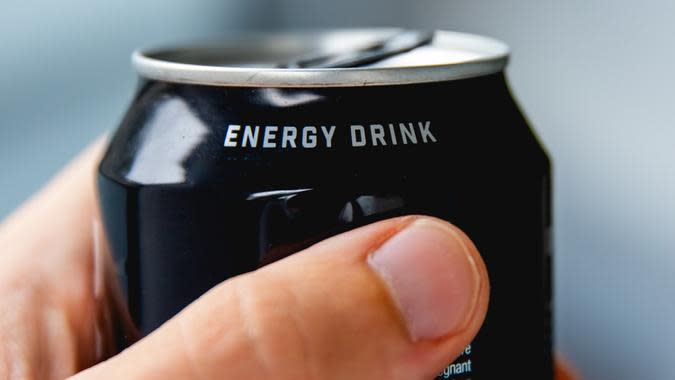
Coca-Cola Energy
Coca-Cola Energy was the first Coke-branded energy drink introduced in 2020. Four varieties were sold in the U.S., including Coke Energy, Coke Energy Zero Sugar, Coke Energy Cherry and Coke Energy Cherry Zero Sugar. However, the pandemic changed the brand’s business strategy, and Coke released a statement saying that it’s focusing on the drinks that are selling well, including its caffeinated sparkling water and traditional sodas, CNN reported.
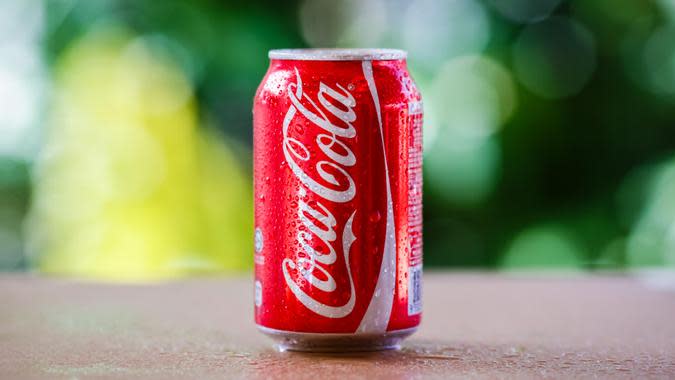
New Coke
In 1985, in an attempt to re-energize its brand, Coca-Cola announced the unthinkable: It was changing its formula for its original Coca-Cola for the first time in 99 years. Often referred to as New Coke, the reformulated beverage was met with outrage from consumers who wanted their old Coke back. And 79 days later, Coca-Cola gave consumers their wish. To resolve the situation, Coca-Cola Classic — aka original Coke — was sold alongside New Coke, which later was rebranded as Coke II before it was discontinued. But that wasn’t the end of New Coke. In 2019, as a result of Coca-Cola’s partnership with Netflix’s “Stranger Things,” which featured New Coke throughout its season three episodes, the beverage company released a limited run of 12-ounce cans of New Coke that were available as part of a bundle from CokeStore.com/1985.
Read On: I’m a Self-Made Millionaire: Here’s My Monthly Budget
Cynthia Measom contributed to a previous version of this article.
More From GOBankingRates
In Less Than a Decade, You Won't Be Able To Afford Homes in These 20 Arizona ZIP Codes
These 10 Used Cars Will Last Longer Than an Average New Vehicle
Trying to Build Your Savings? Make Sure Your Account Does These 6 Things
This article originally appeared on GOBankingRates.com: 14 Coca-Cola Products You Can’t Buy Anymore

 Yahoo Finance
Yahoo Finance 